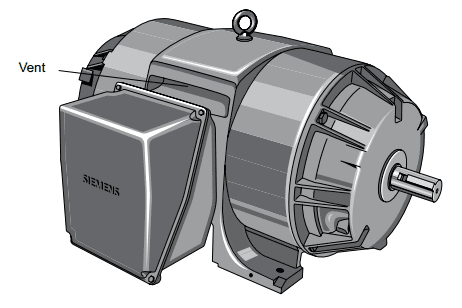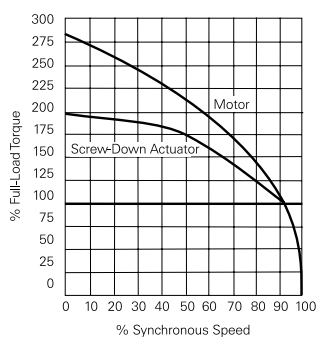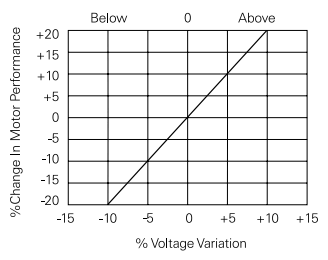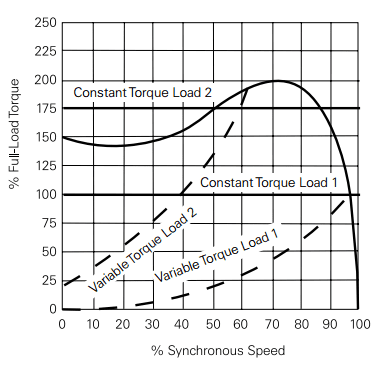Electro-Magnetic World and BMG Universe created simple, but very useful tool for electrical engineers, a 3PE Calculator. This program provides the basic information for design and configuration of 3-phase electrical (3PE) systems. Depending on power consumption of the consumer (EM motor), the program provides information for selecting proper cable, fuses, current transformer (CT) for measurement purposes, contactors for operating with the load and motor protectors for over-current protection of the motors.
3PE Systems Calculator 1.0 is program that provides useful information for designing and implementation of 3PE Systems. The calculations are made for 3-phase asynchronous EM motors as consumers in the systems, but they can also be used and for any other type of 3-phase load consumer.
IMPORTANT NOTE: This program only provides useful information for creating and design of the 3PE systems. The calculations and predictions that are made here are clearly highlighted, and if you make any kind of mistake in your design using this program we take NO RESPONSIBILITY at all !
______________________________
About System A
System A is 3PE system for direct start of 3-phase asynchronous EM motors (4-pole). Also, there is an option for forward-reverse mode of operation of the EM motors. The one-pole schematic of the system A is shown on Picture 1. In case of forward-reverse mode of operation, instead of contactor C1, the both contactors C1 and C2 are in use, as is shown on the one-pole schematic of the System A. The contactors C1 and C2 are of the same type.
Picture 1: 3PE System A - One-pole schematic
There are 30 standard values for nominal power of EM motor, starting from 0.18 kW up to 200 kW. You can choose each one of them, and the program will provide proper information for the parameters you need for design and implementation of the selected System A.
The section of the cables is approximately calculated for the voltage drop less than 2% up to 80 meters distance (from the connection to the consumer).
Note: For direct start of the EM motor, it's consider that the peak current at the start up is about 6 times greater than the nominal current of the EM motor (Ip = 6*In). The time required for the motor to achieve its momentum is about 5 seconds (tm = 5s).
Important!
For more precise calculations for the section of the cable depending on the allowed voltage drop for the given distance and the control of the heating of the cable you need to choose the proper formulas to recalculate this.
About System B
System B is a 3PE system for star-delta (Y-D) starting of 3-phase asynchronous EM motors (4-pole), or using the soft starter or frequency regulator for starting the motor. In this system there are 3 contactors in use, as is shown on the one-pole schematic of the System B on Picture 2. The contactor C1 brings the 3 phases to the motor. The contactor C2 creates delta connection of the motor, and the contactor C3 creates star connection. The contactors C1 and C2 are the same type, and contactor C3 can be the same type or one class lower from C1 and C2, because the current in that circuit is lower.
Picture 2: 3PE System B - One-pole schematic
There are 30 standard values for nominal power of EM motor, starting from 0.55 kW up to 355 kW. You can choose each one of them, and the program will provide proper information for the parameters you need for design and implementation of the selected System B.
The section of the cables is approximately calculated for the voltage drop less than 2% up to 80 meters distance (from the connection to the consumer).
Note: For star - delta starting of the EM motor, it's consider that the peak current at the start up is about 2 times greater than the nominal current of the EM motor (Ip = 2*In). The time required for the motor to achieve its momentum is about 15 seconds (tm = 15s). And also, here is important to have "dead time" between the star and delta connection. That means that when the star connection is switch off, the motor should have no voltage for short time interval (dead time) before the delta connection is switched on. This dead time is about 100 miliseconds (td = 100 ms), and is easy to achieve with proper time relay.
Important!
For more precise calculations for the section of the cable depending on the allowed voltage drop for the given distance and the control of the heating of the cable you need to choose the proper formulas to recalculate this.
Info for the manufacturers
There are 2 manufacturers for contactors and motor protectors used in this program:
>> RADE KONCAR
The KONCAR contactors used in this program are CNM series contactors, and the motor protectors (thermal overload relays) are TRM series relays from KONCAR. You can find more information on KONCAR's site: Rade KONCAR
>> SIEMENS
The Siemens contactors used in this program are 3RT series contactors, and the motor protectors are 3RV Siemens Sirius Motor starter protectors series. You can find more information on Siemens's site: Siemens
Free Download of 3PE Calculator Android version
Finaly, this simple and useful tool can be downloaded for free on the Google Play store: 3PE Systems Calculator 1.0

























































